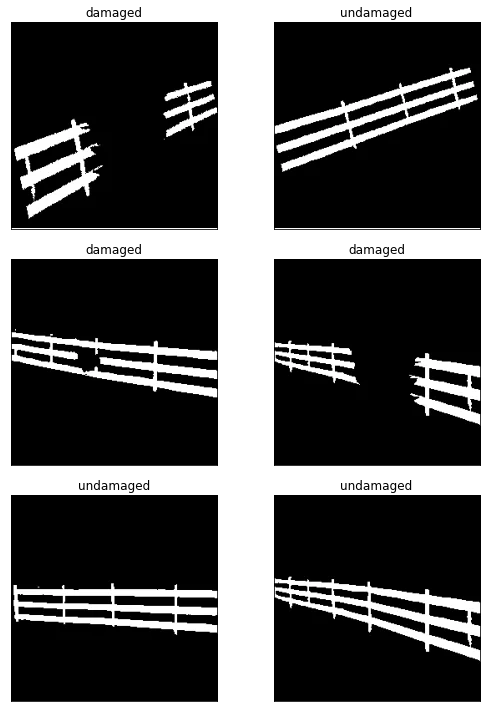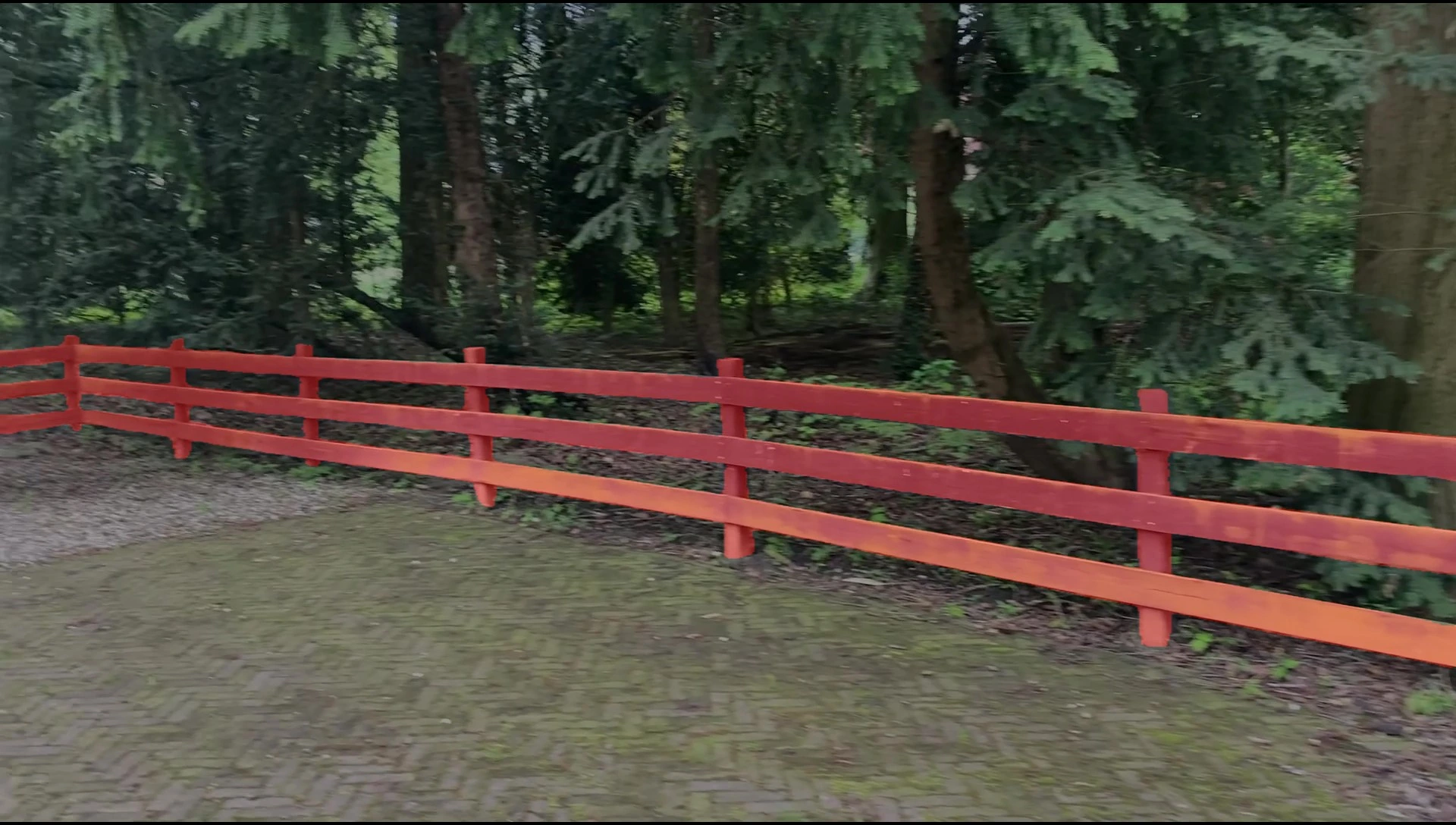Automated Detection of Broken Fences

Farmers in India often have large pieces of land surrounded by fences. To check these fences for holes or other defects, it is now necessary for a farmer to go along his fences and manually check everything, which is not always easy and is especially time-consuming. Therefore, Capgemini approached us with a challenge to develop an automated solution for detecting broken fences. In response, we embarked on designing a two-fold AI model: one for fence segmentation and another for assessing fence integrity.
Our initial step was to gather a comprehensive dataset, for which we utilized drone to capture footage of various fences. We manually labeled the drone-captured footage, segmenting the fences in the frames extracted from the videos recorded by the drone. This data served as the foundation to train our convolutional neural network (CNN) - a deep learning model. After extensive experimentation and refinement, we settled on a CNN with the U-net architecture, enhancing its robustness through parameter adjustments and data augmentation.
The effectiveness of our model is evident in a demonstrative video we prepared. It juxtaposes the original footage with a version where the model highlights fences in red, showcasing its precision even around obstacles like foliage obscuring parts of the fences.
With a reliable fence detection model in place, our focus shifted to the second phase: determining fence integrity. We generated a new dataset, labeling each fence as either damaged or undamaged. This dataset then trained a classification model, which remarkably predicted around 90% of the test cases correctly, marking a significant triumph in our proof of concept.
This proof of concept not only demonstrates the prowess of AI in practical applications but also offers Capgemini a cutting-edge tool for efficient and accurate fence maintenance, to make life easier for farmers in India in the future.






